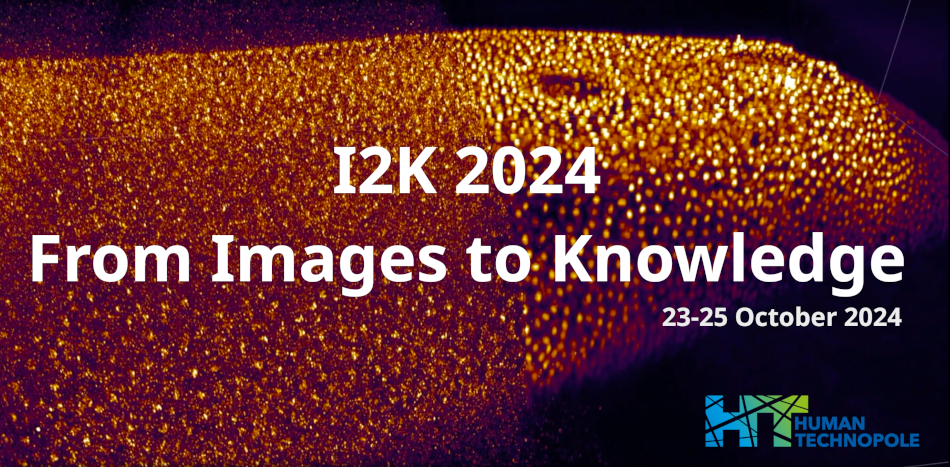Speaker
Description
Supervised learning algorithms for image segmentation provide exceptional results in situations where they can be applied. However, their performance diminishes when the training data is limited, or the image conditions vary considerably. Such is the case of localizing suitable acquisition points for cryo-electron tomography (CryoET): the image conditions change during screening sessions, and each experiment uses a different biological target. The lack of training data would lead to a solution where the users should create the ground truth for their targets, which is time-consuming and unreliable.
In this work, we propose using a self-supervised training approach to generate specialized segmentation networks that any user can train with minimum interaction. To achieve this, we rely on the transmissive image formation model to simplify the problem and automatically create a sufficiently descriptive training dataset. First, we disentangle each image into foreground and background; then, we apply a histogram-based segmentation to the foreground. This segmentation is ranked, and the best images create the final training dataset for the neural network. This approach requires almost no user intervention and a precision higher than 0.9.
| Authors | Ricardo M. Sánchez L.*, Lucas Q. A. Dubois, Julia Mahamid, Anna Kreshuk |
|---|---|
| Keywords | Self-supervised learning, microscopy, cryo-electron tomography, segmentation. |

